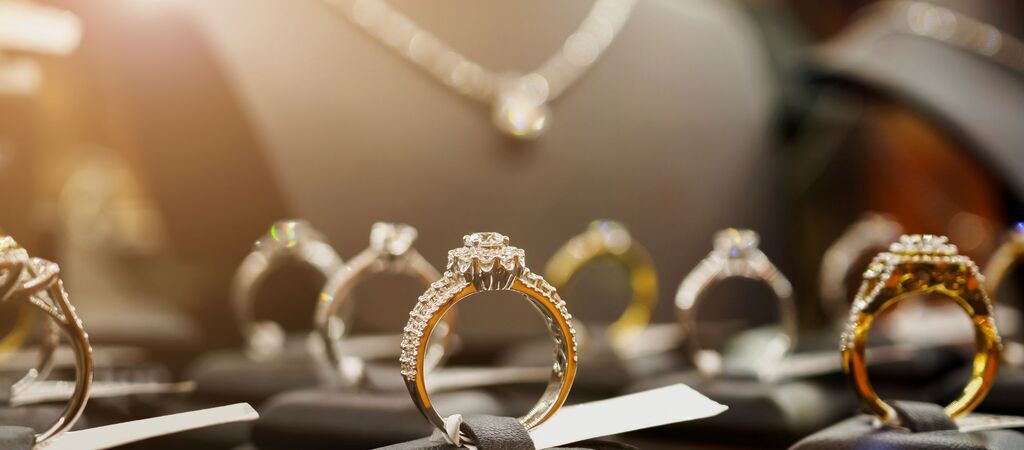
Whether you have just inherited some fine costume jewelry, or you found a great bargain at an antique store, vintage costume jewelry remains a beautiful thing to collect or wear as it adds a little shine to your outfit without breaking your bank. However, you may want to know what era this jewelry has come from. If you do, there are many ways to tell the age of your jewelry by looking at clues within the pieces.
Fittings and Findings
The invention of certain jewelry will help you determine the era of where your jewelry was from. Findings are ready-made pieces used by jewelers, for example, clasps, stems, and hinges, while fittings are custom pieces made for jewelry. Being able to determine when certain types of backings, clasps, or, hooks have been invented can help estimate when the jewelry was made. For instance, hooks were popular on necklaces from the 1940s to the 1960s, while lobster clasps were invented and popular from the 1960s to the 1980s
Markings
Hidden inside jewelry usually are markings of the jeweler, designer, or the manufacturer. You can bring this to an appraiser to get it checked as they would have better in-depth knowledge of vintage jewelry and would be able to identify it for you and provide you an appraisal on your jewelry. Besides authenticating and identifying the jewelry, the markings can affect the value of the piece.
Materials
The materials used in making jewelry can also give you a hint as to when it was made. It can also help you discern it from other cheaper pieces. Gold plating, enamel, and rhinestones are popular in vintage costume jewelry. The types of metals or gems used also depended on different geopolitical occurrences in the world. For example, World War II greatly affected the costume jewelry market because of disruptions to mining metals and gems as metals used for jewelry went to the war. In order to cope with the demand, a rise of other sorts of metals took place over the older metals. Different countries also have different standards for their metals. This allows you to figure out where it’s from. For example, the United States does not consider anything under 10k gold as gold jewelry. However, in the UK, 9k gold is very popular and can indicate that the jewelry was made there.
Manufacturing
The process of creating jewelry is also indicative of the era it was made in. For example, machine stone cutting began in the 1900s and it was what created the popular diamond, round brilliant cut. Prior to that, hand-cut gems were done during the Georgian and Victorian eras with cuts like the rose cut. During the Edwardian and Art Nouveau period, the European cut was popular. Hand engraving was popular in the 1900s as well, as seen on many signet rings. While white gold and platinum are often found in Edwardian and Art Deco jewelry.
With all this in mind, it is now easier to spot clues in your jewelry that can allude to the time period from which it came from and the value it once held. If you have any jewelry you would like to get appraised, feel free to contact us today.